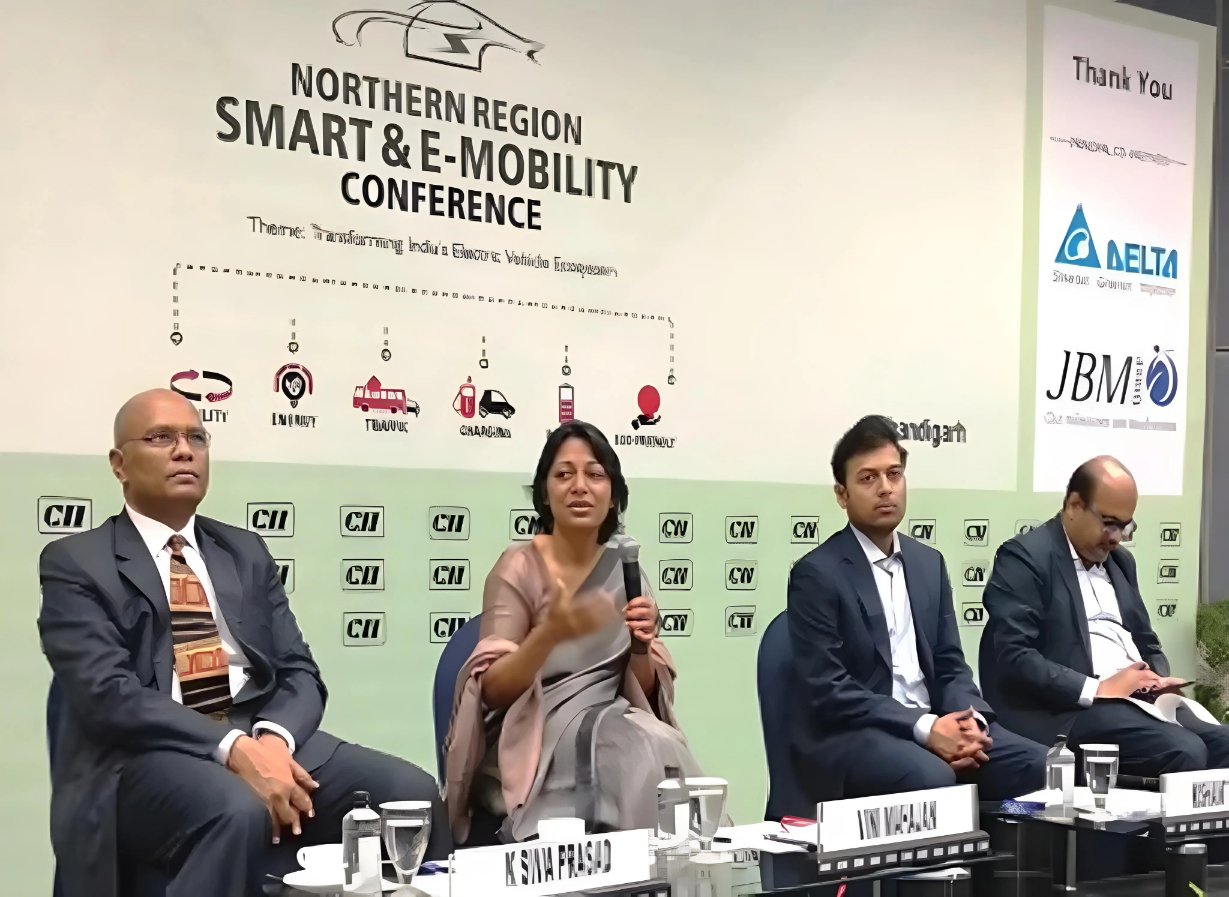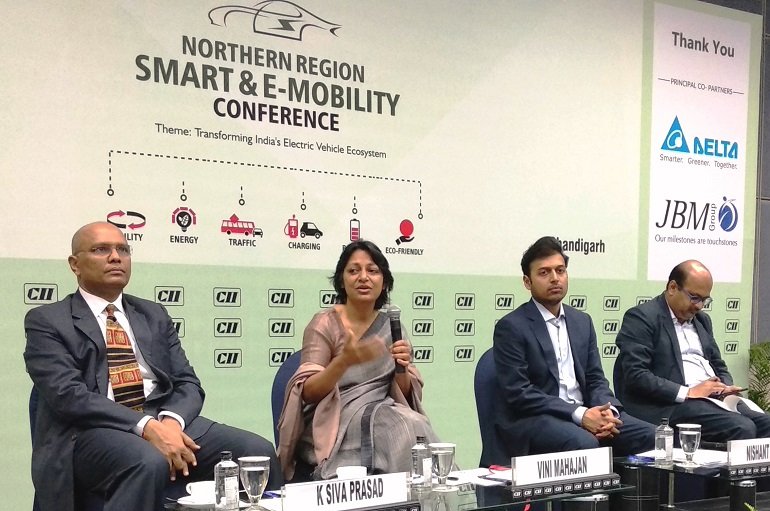Plastic has become such an integral part of our lives that we can no longer just say no to it. So much so that it appears impossible to even image a world without plastic because of its unmatched convenience, being light weight and highly durable. What looks plausible is for manufacturers to innovatively manufacture plastic which minimises its environmental costs, for the governments at National, regional and municipal levels to ensure efficient collection, management and recycling of plastic waste, and for the end users to stop littering it to realise the dream of a plastic waste-free world.
This message came out loud and clear during a daylong seminar on “Sustainability Of Polymer (Plastic) Industry With Focus On Perception Management, Plasticulture And Packaging” with the theme “Future Of Polymer (Plastic) Industry” organised at Hotel Mountview in Chandigarh recently (June 4). Leaders from the industry and various industry associations actively participated in the meet, though indulgence from the invited academia, farmers, civil society and media was reduced to mere tokenism.
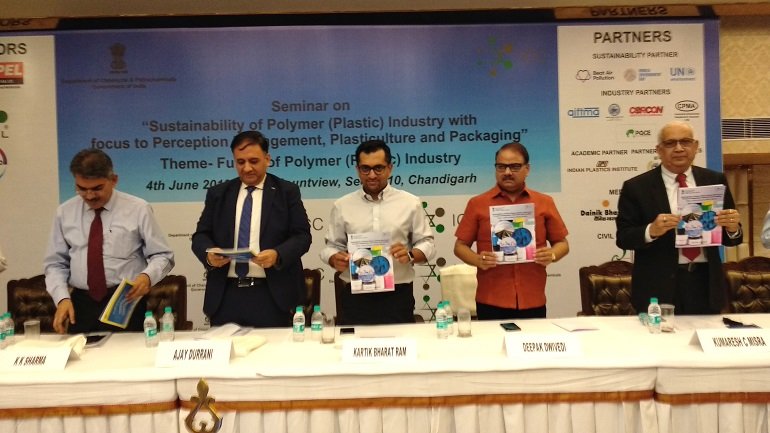
Photos By : Life In Chandigarh
The seminar was jointly organised by Indian Chemical Council (ICC), an apex body representing the Indian chemicals and petrochemicals industry, and the Department of Chemicals and Petro Chemicals, Government of India.
Despite its various shortcomings, the seminar proved to be quite meaningful and fruitful. The proceedings were wrapped up succinctly by Kumaresh C. Misra, Director ICC, when he remarked: “Just because we cannot be responsible (in collecting, managing, recycling and reusing plastic waste) we cannot say no to plastic, because plastic in this fast-paced world is life. And, we can be sure that life is going to become much easier and better with the continued and newer use of plastic, the only condition being that that we need to ensure its more responsible use.”
Striking an optimistic note on worldwide research under way to tackle the seemingly insurmountable problem of plastic waste, and countering the public perception of plastic spelling trouble for the very existence of life on this planet, Rajesh Gauba, Vice President of Reliance Industries Limited, informed the gathering that the problem of plastic waste will be a thing of the past in the next 5-10 years when chemical recycling of waste becomes a reality.
Emphasising that all possible alternatives to plastic, like paper, glass, aluminium and tin, are going to prove far more expensive and much less versatile than plastic, and are estimated to lead to far greater environmental costs in the long run, he asserted that it would be better to debate on managing plastic waste better rather than on finding alternatives to plastic.
Opportunities For Recycling Industry
There were suggestions aplenty on creating a sustainable and independent industry for recycling of plastic waste, in which all stake holders, including manufacturers, end users and urban and rural local bodies, are involved. An eco system needs to be established in which this parallel industry can run profitably, it was stressed.
In this context, Atin Chaudhuri, handling Corporate Technical Services for flexible packaging and packaging solutions major Huhtamaki PPL, informed the gathering that his company is ready with new age primary packaging for a host of products like coffee, hydrated soups, personal care items, chocolates and jams, etc, which uses polyolefins of the same family to the extent of 90%. Recyclers can extract plastic to the extent of 70% from these packages, which will give a major boost to the industry, he claimed.

Greener Solutions
Rajesh Marwaha, Head-International Business, India Glycols Ltd (IGL), informed the gathering that bio-MEG, a 100% green substitute for crude oil based conventional MEG (monoethylene glycol), an important raw material for manufacturing polyethylene terephthalate (PET) used in making plastic bottles, is now increasingly becoming prevalent globally, especially with big corporations.
Though bio-MEG is also non biodegradable, it is derived from bio ethanol, which is extracted from renewable agro feedstock with low carbon footprint, and hence saves the earth’s fossil fuels. IGL is the only producer of bio-MEG in the world, and being a green product its demand is growing at a brisk 20-25 percent, and expected to grow even faster if the oil crisis in the Gulf deepens further, he maintained.
Another Indian company HPL Additives Limited claimed to have come up with degradability-promoting Oxo-Biodegradable-additives, which when typically added in small percentages of 1-3% during manufacturing process of conventional polyolefins, amongst other common polymers, ultimately renders them biodegradable.
India Recycling 60% Plastic Waste
Chairing a session on ‘Importance of Environment Friendly Packaging & Managing Plastic Waste’, Hiten Bheda, Immediate Past President of All India Plastic Manufacturers Association (AIPMA) and Chairman of its Environment Committee, shared that though plastic litter dots every nook and corner of the country, and is a eyesore as well as major source of environmental pollution, it is surprising to note that India is recycling 60% of the 25,940 metric tonnes of plastic waste it is generating on a daily basis, while the rest of the 40% remains uncollected.
In comparison, the performance of some of the advanced countries on this score is dismal. The world’s largest economy, the US, for example recycles only 10% of its plastic waste while the rest of it is either going into landfills or being exported to China, which till recently was the world’s largest recycler of plastic waste. On the other hand there are countries like Japan, which recovers 84% of the plastic it consumes. South Korea and Singapore are also high performers in this regard. Europe is also taking the lead with many countries on the continent displaying high efficiencies in recycling their plastic and other wastes, Bheda informed.

Keynote Address
Delivering the keynote address, Ajay Durrani, Co Chair, ICC Northe Region & MD, COVESTRO India, while dwelling on the critical role being played by the plastic industry in India’s economy, informed that it contributes 18% to manufacturing in the country and well over 2% to its GDP. Emphasising on the urgent need to correct the negative perception around plastics, he said the problem of plastic waste could be solved with its better collection, management, recycling and reuse.
Focussing on the responsibility of the plastic industry, he gave the example of the world wide initiative christened ‘Alliance To End Plastic Waste’ led by Procter & Gamble, the largest consumer of plastics (packaging) in the world.
Welcome Remarks
In his welcome remarks, Kartik Bharat Ram, Chairman, ICC Northe Region & Deputy MD, SRF Ltd., informed the gathering that though materials like glass, tin, aluminium and paper were viable alternatives to plastic, but research study by Trucost has estimated that the long term environmental costs of these alternatives could be fourfold.
At the same time he emphasised that the plastics manufacturing industry had significant opportunities to reduce the environmental costs of plastics. “Moving to a more circular economy can reduce the environmental costs of plastics by prioritising the extension of the product life cycles, extracting maximum value from resources in use, and then recovering materials in waste streams so that these can be recycled and reused. Further, improving waste collection and management are key factors to reduce the quantity of plastics entering the oceans,” he added.
He also talked about the industry’s huge unrealised potential as indicated by the current very low per capita consumption levels of plastics in India, which is about 11 kg, compared to 100-plus kgs in USA and the global average of about 30 kgs.
Alliance To End Plastic Waste
With 25-plus global corporates already actively participating, this not-for-profit organisation has set aside 1.5 Bn $ over the next five years to partner with the finance community, governments at the national, regional and municipal level and organisations of civil society, including environmental and economic development NGOs, to make the dream of a world without plastic waste a reality.
Composed of the world’s top minds from across the entire plastics value chain – chemical and plastic manufacturers, consumer goods companies, retailers, converters and waste management companies, Alliance To End Plastic Waste is welcoming all companies, big and small, from all regions and sectors to support its effort to bring new ideas and ways of thinking to the table. The alliance, while conceding that there is no single answer to the issue of plastic waste in the environment, is nonetheless collaborating to promote infrastructure, education and engagement, innovation and clean up efforts to keep plastic waste in the right place.
In the words of David Taylor, Chairman of the Board of the alliance & President and CEO of P&G, “Everyone agrees that plastic waste does not belong in our oceans or anywhere in the environment. This is a complex and serious global challenge that calls for swift action and strong leadership. This new alliance is the most comprehensive effort to date to end plastic waste in the environment.”
LifeInChandigarh.com Conclusion : Love plastic, generate less plastic waste and efficiently manage the rest is the right recipe for a cool cool planet!
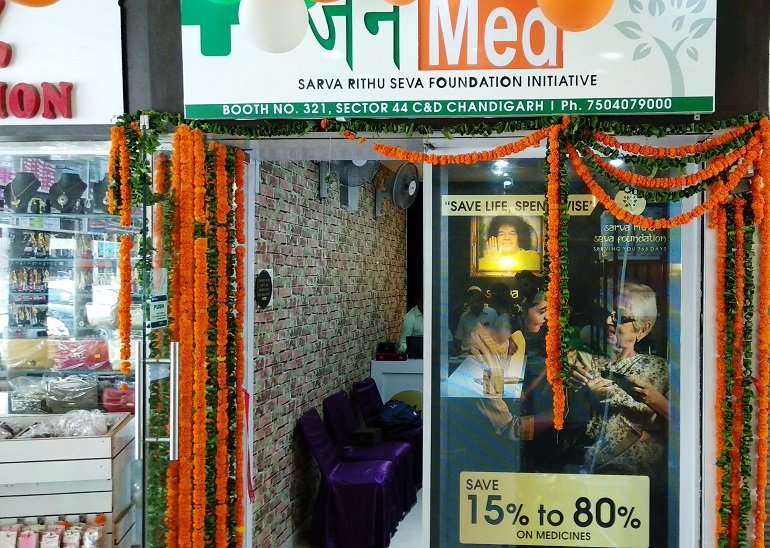

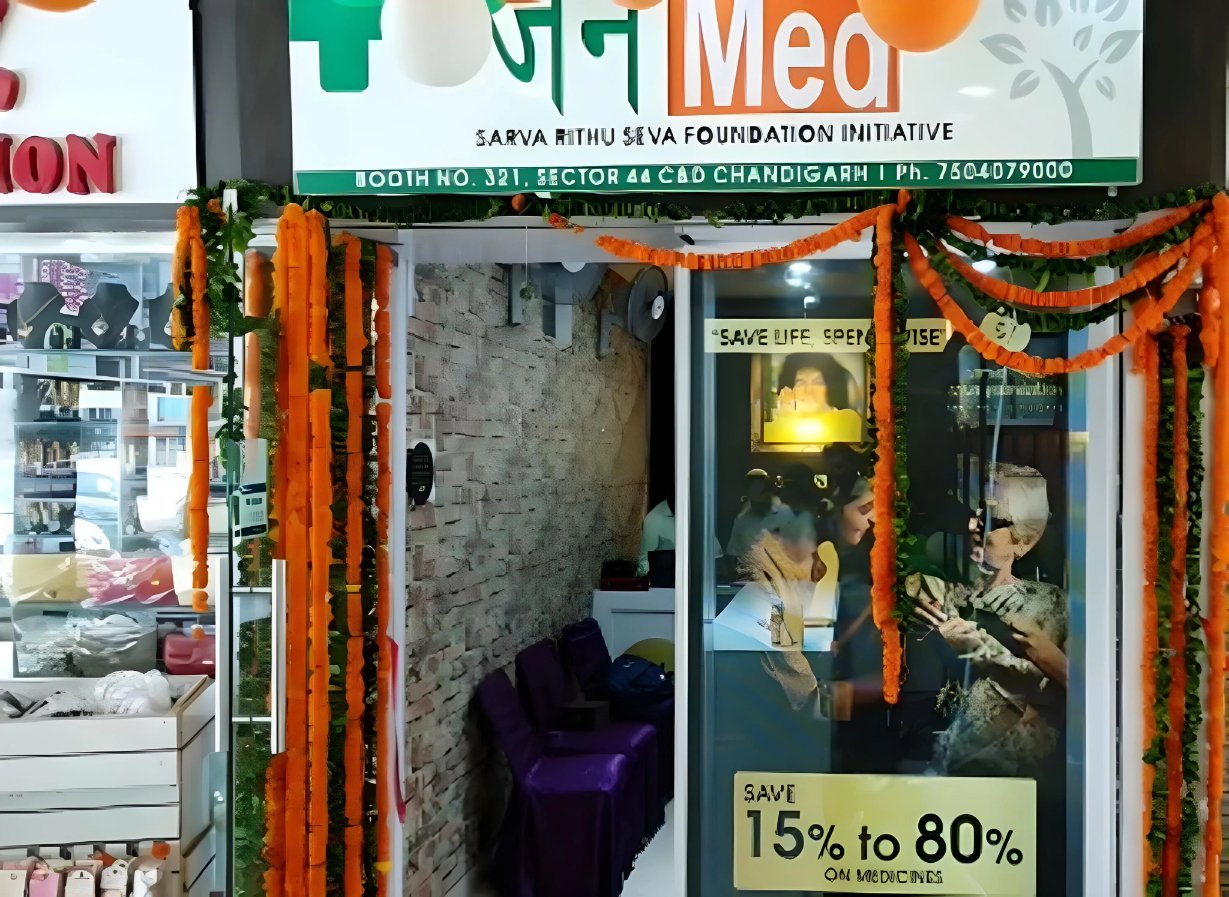

.jpg)
.jpg)
.jpg)
.png) Speaking about the surgical options of fat loss, well known plastic surgeon Dr KM Kapoor, who has performed 1,000-plus such procedures, most at Fortis Hospital Mohali, says, “with greater awareness and availability of advanced facilities over the past 5-10 years, the outcomes of surgical techniques like Liposuction and Tummy Tuck (Abdominoplasty) have vastly improved. These are generally safe surgeries provided these are done in a proper setup.”
Speaking about the surgical options of fat loss, well known plastic surgeon Dr KM Kapoor, who has performed 1,000-plus such procedures, most at Fortis Hospital Mohali, says, “with greater awareness and availability of advanced facilities over the past 5-10 years, the outcomes of surgical techniques like Liposuction and Tummy Tuck (Abdominoplasty) have vastly improved. These are generally safe surgeries provided these are done in a proper setup.”.png)
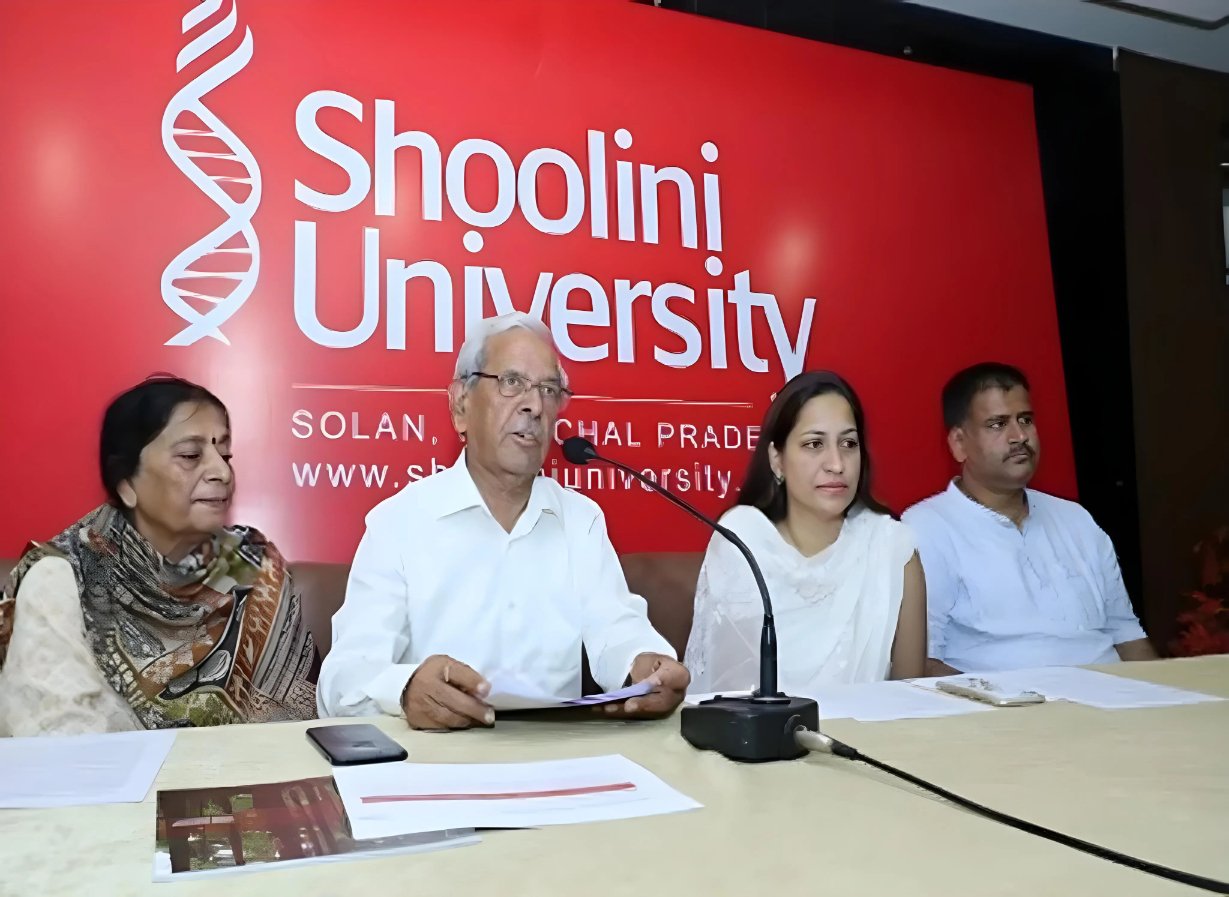
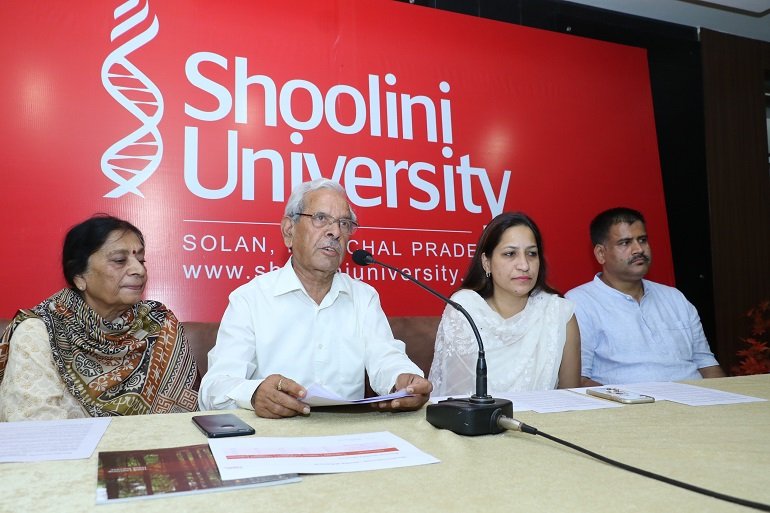
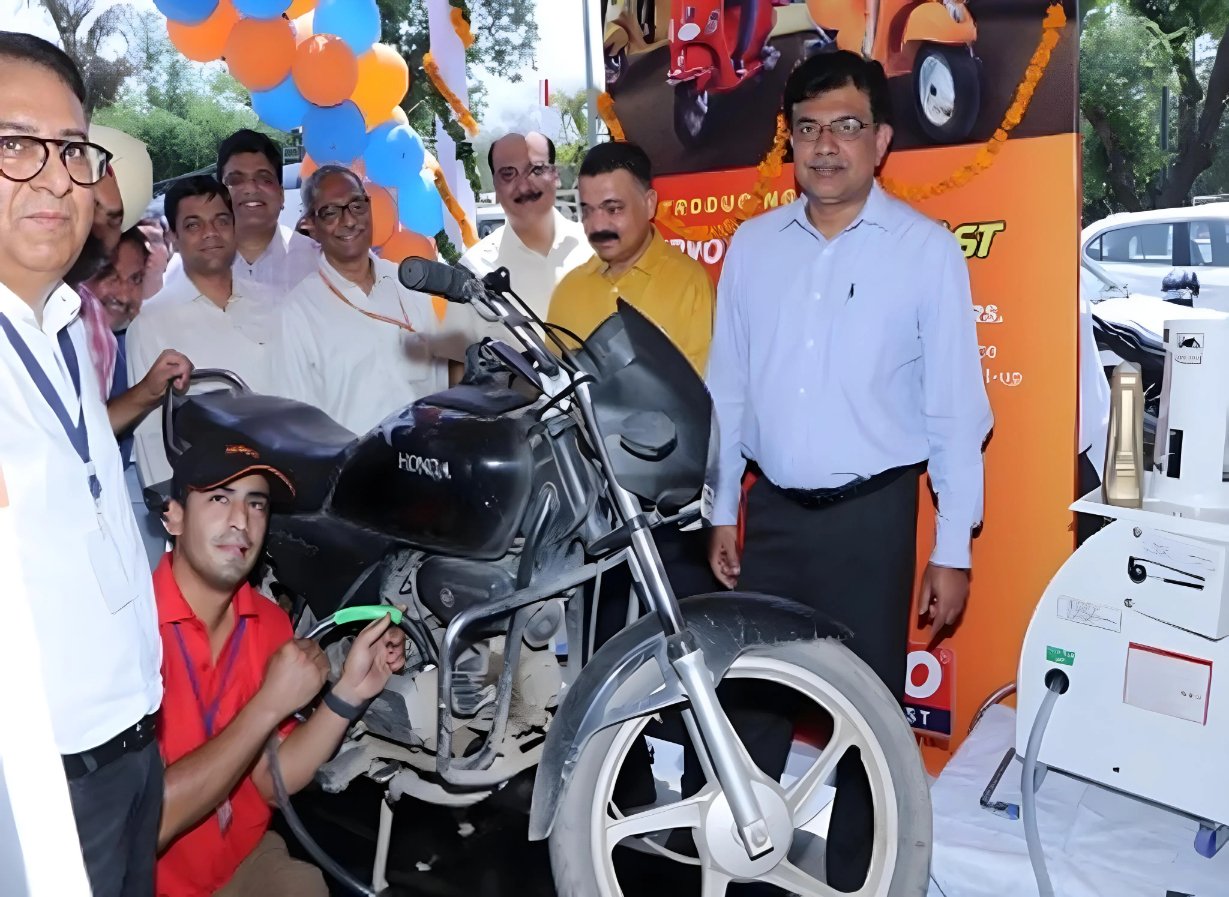
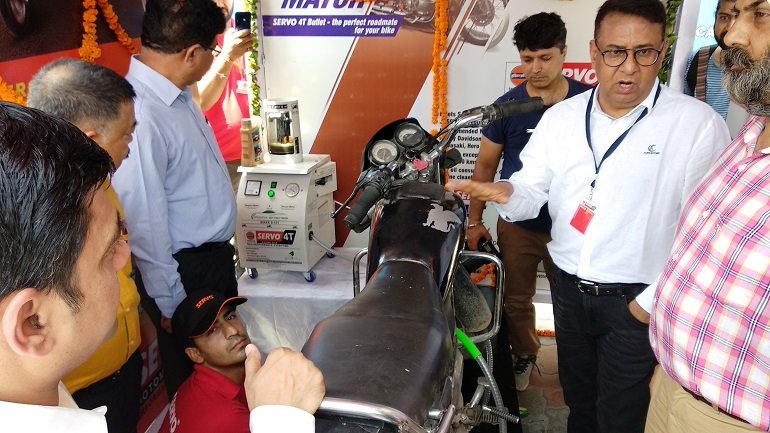







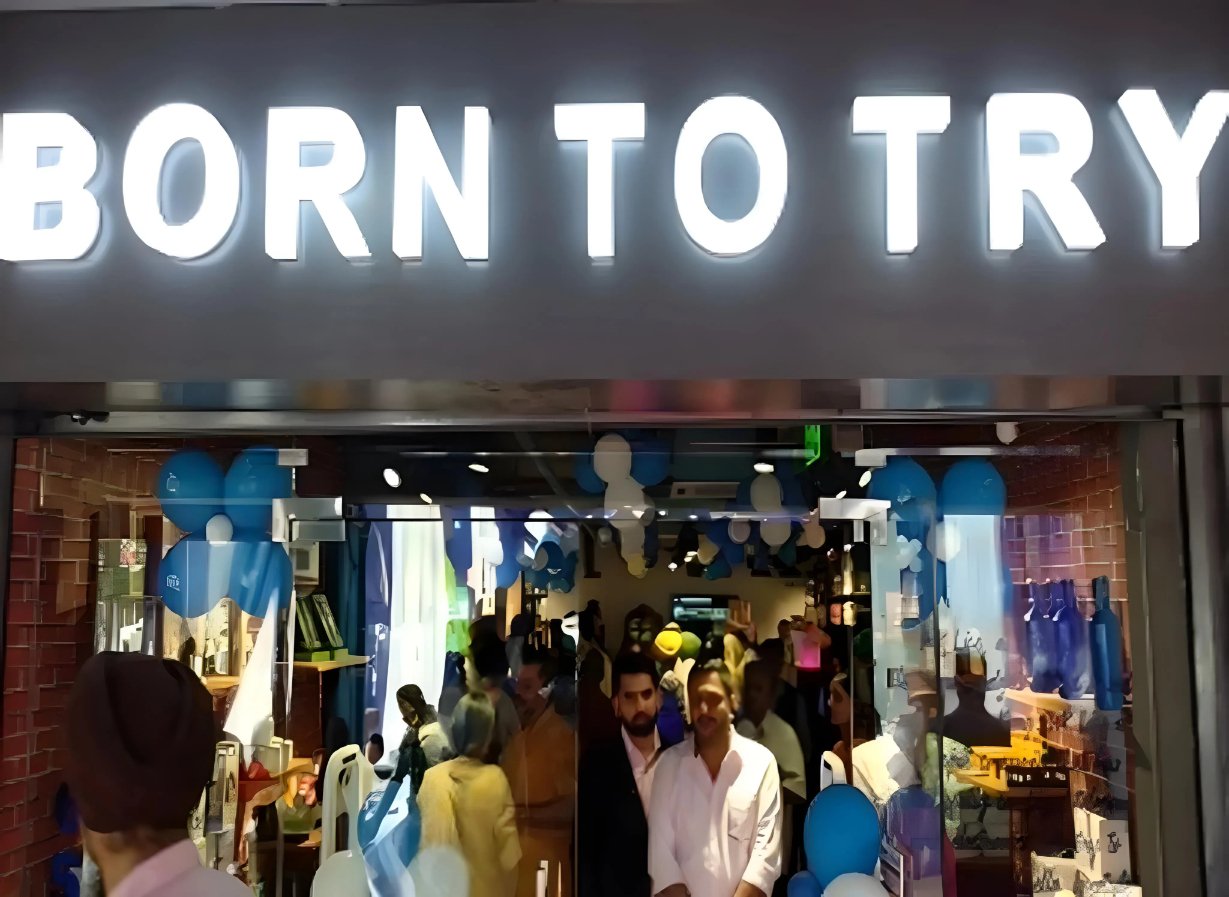









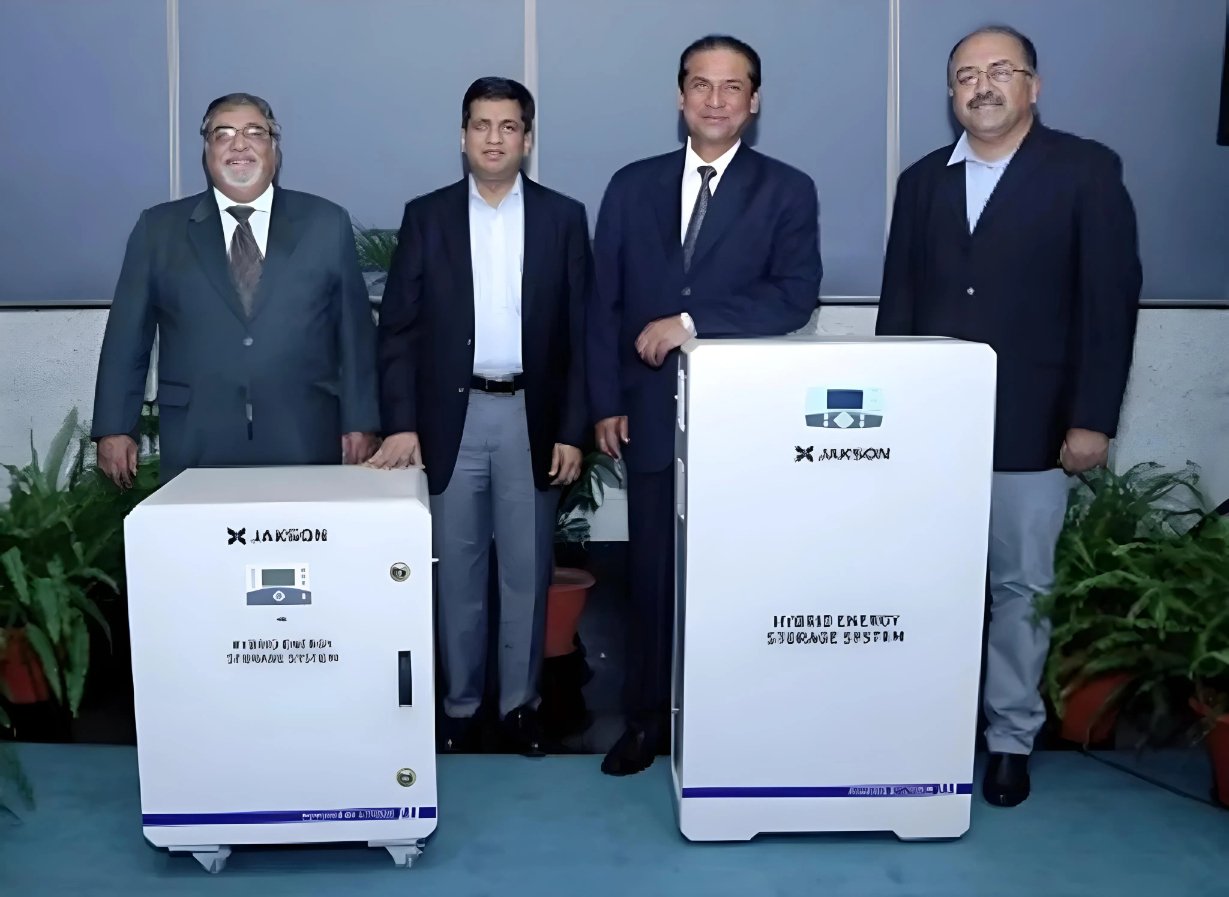
.jpg)
.jpg)

.jpg)
.jpg)
